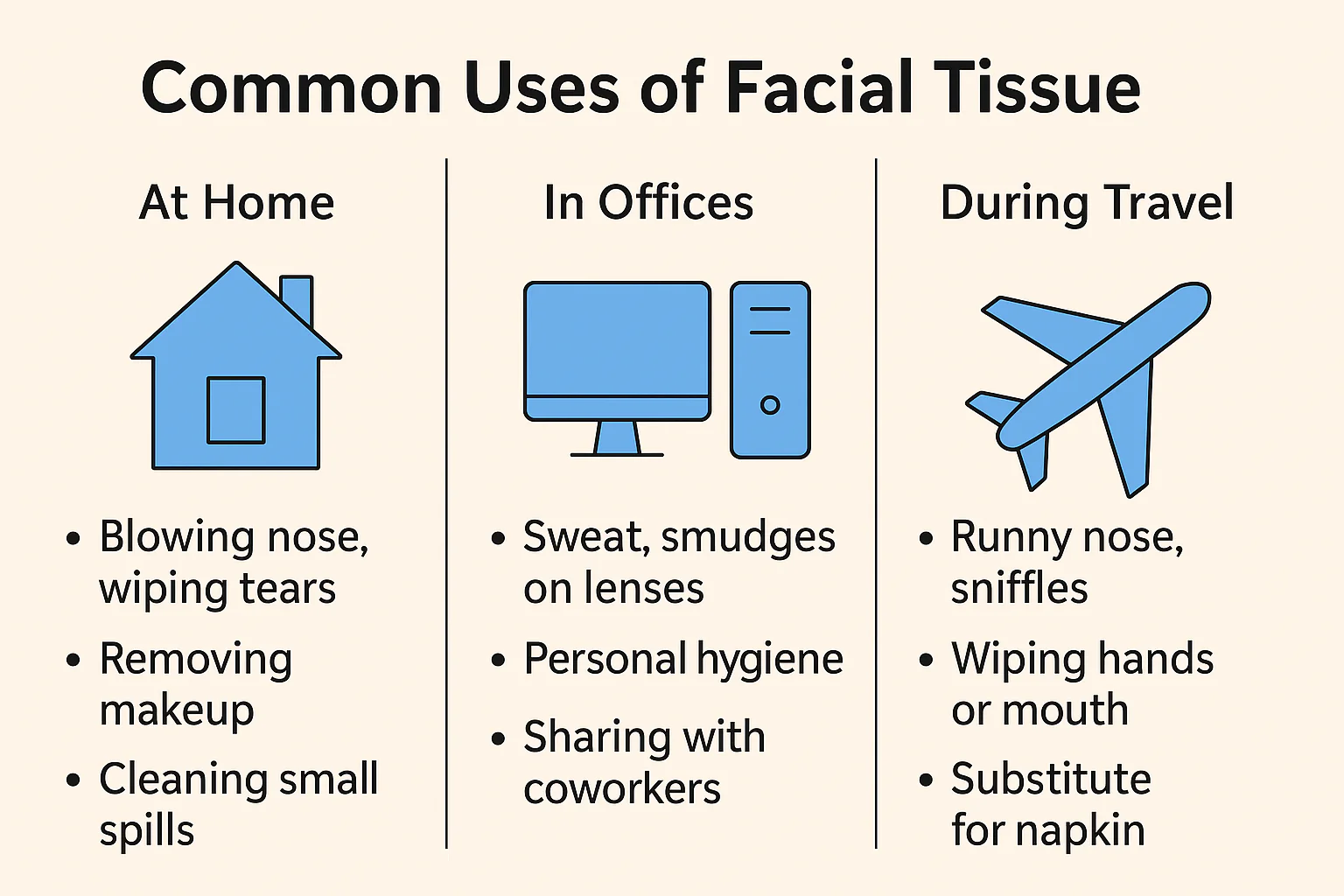Common Uses of Facial Tissue in Homes, Offices, and Travel?
Facial tissue isn’t just for colds. It’s a daily essential in homes, offices, and on the road — if you’re using it right, it does a lot more than you think.
Facial tissues are used for hygiene, quick cleanups, and personal care in home, office, and travel settings. They’re soft, disposable, and made for wiping skin, cleaning messes, and managing germs.
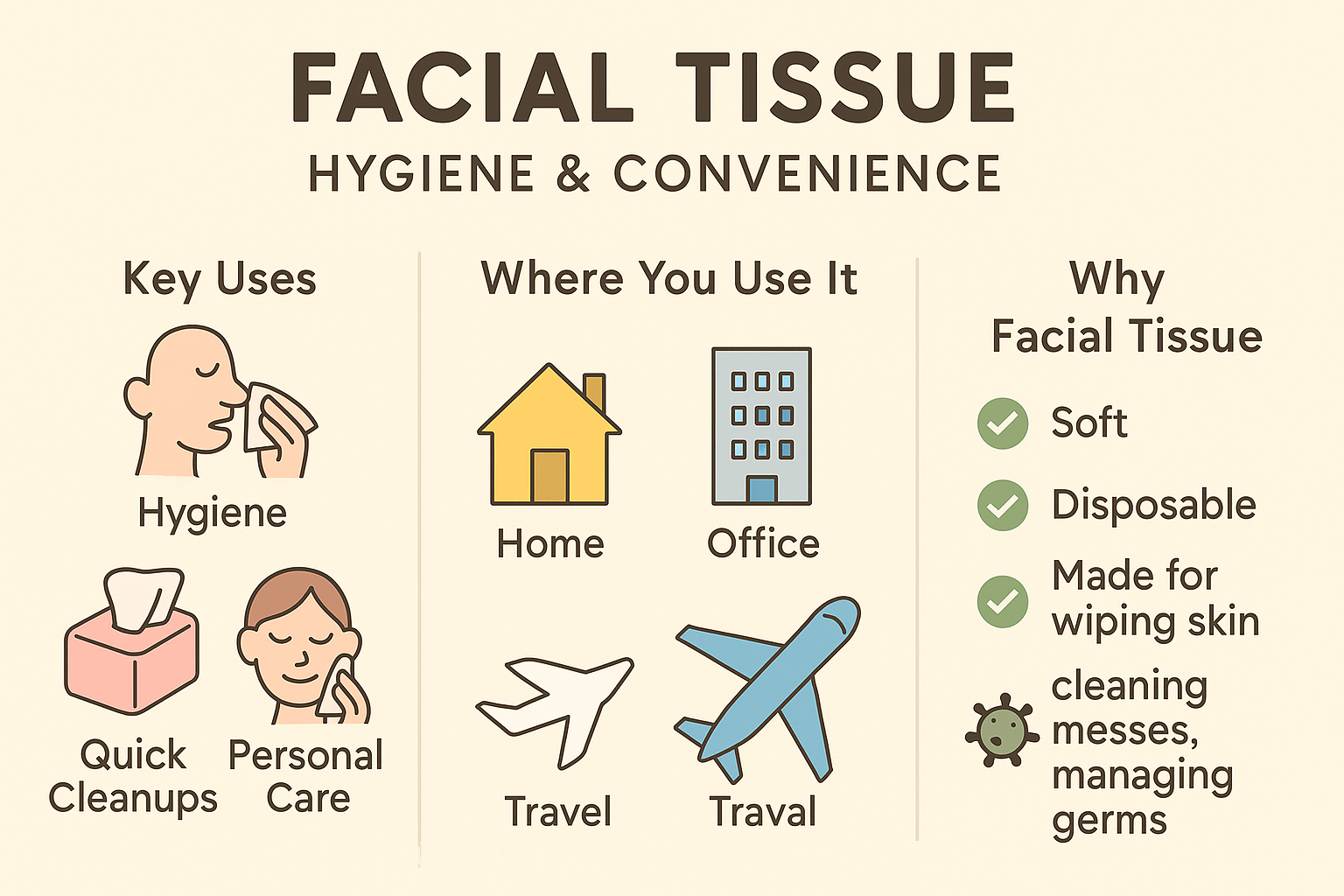
People buy tissues out of habit. But understanding how they work in different settings can help you choose the right kind — and get the most out of every box.
What do people use facial tissues for?
We usually think of facial tissues as something for blowing your nose, especially during a cold. But their real value goes far beyond that. I keep tissues in nearly every room, and they’re never just for sneezing.
Facial tissues are mainly used to wipe the nose, remove makeup, clean the face, blot sweat, and manage messes — without irritating the skin.
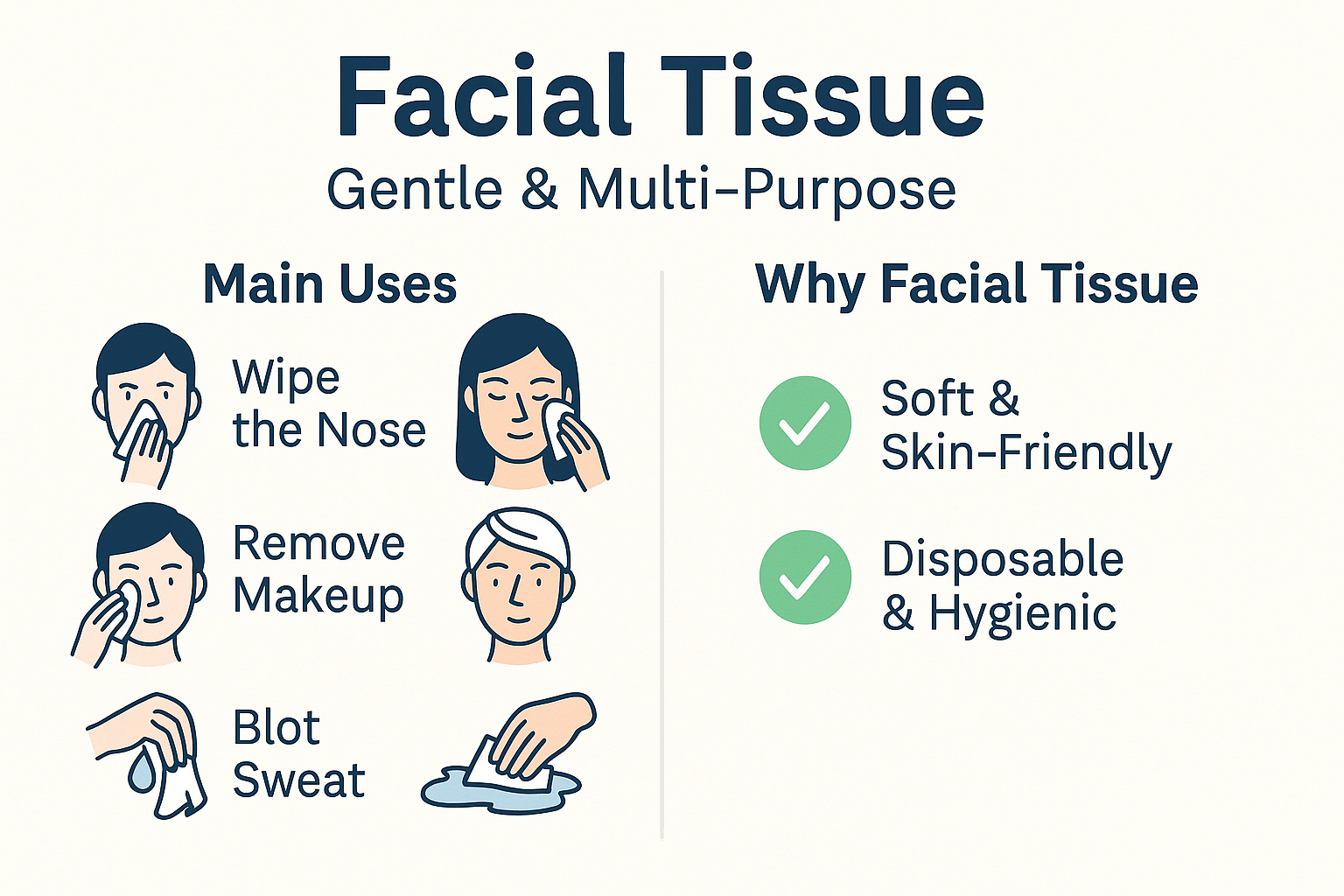
At home, I use facial tissues in my bedroom, kitchen, and bathroom. In the morning, I use them to blot off skin oils before applying sunscreen. After meals, they come in handy for quick hand wipes or picking up small spills. They’re especially helpful when guests visit — I don’t have to hand them a towel every time someone sneezes.
I’ve also used tissues to clean eyeglasses and phone screens in a pinch. I once had to use one to wipe away mascara when I was late for a meeting. It worked better than cotton pads and didn’t leave lint. The best part? I could toss it after one use, keeping things clean and simple.
Facial tissues are made to be soft but also durable enough for single-use tasks. That’s why they work so well for skin contact and small messes. They’re also far more hygienic than reusable cloths, especially during flu season or allergy months. I always reach for a tissue first, before looking for a towel or sponge.
What are the benefits of face tissue?
Some people ask me why I don’t just use napkins or paper towels for the same jobs. The answer is simple: facial tissue is made for the face — and the skin can tell the difference.
Facial tissues are soft, skin-friendly, and safe for repeated use on sensitive areas like the nose, mouth, and eyes. Some even moisturize and protect skin while wiping.
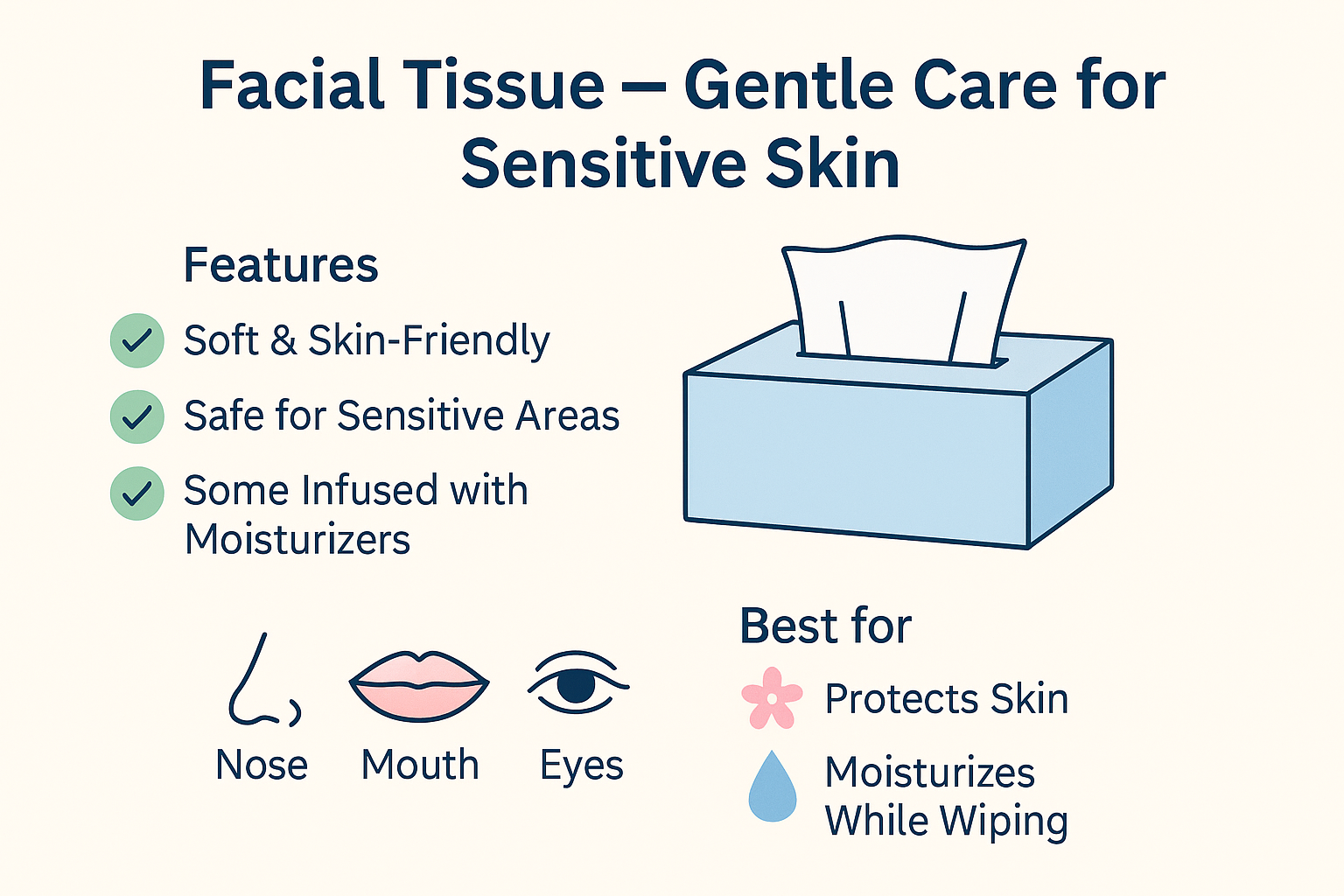
If you have sensitive skin like I do, then you’ve probably noticed how rough napkins or toilet paper can feel. I once used paper towels to wipe my face after a workout — bad idea. My skin turned red and itchy. Facial tissue is built differently. It’s lighter, smoother, and doesn’t scratch the skin.
Many facial tissues are infused with lotion or aloe. That makes a huge difference when you’re sick or dealing with allergies. I remember going through an entire box of tissue during one allergy season. The lotion ones were a lifesaver. No redness, no flakes, just soft skin even after days of use.
There are also unscented and hypoallergenic options, which I keep at home for guests. Some people are really sensitive to fragrance. I learned that the hard way at a dinner party when a friend reacted badly to a perfumed tissue I had in the guest bathroom. Now I only buy gentle versions for shared spaces.
The benefit is not just physical. Good tissue makes people feel cared for. Whether it’s a child with a runny nose or a coworker during flu season, handing someone a soft tissue is a small act of comfort that leaves a big impression.
What is Kleenex facial tissue used for?
When people think “facial tissue,” they often say “Kleenex” without even noticing. The brand name has become the product name. But Kleenex — and other top brands — have more uses than most expect.
Kleenex facial tissues are used for cold care, makeup cleanup, wiping children’s faces, and even light cleaning tasks around the house or office.
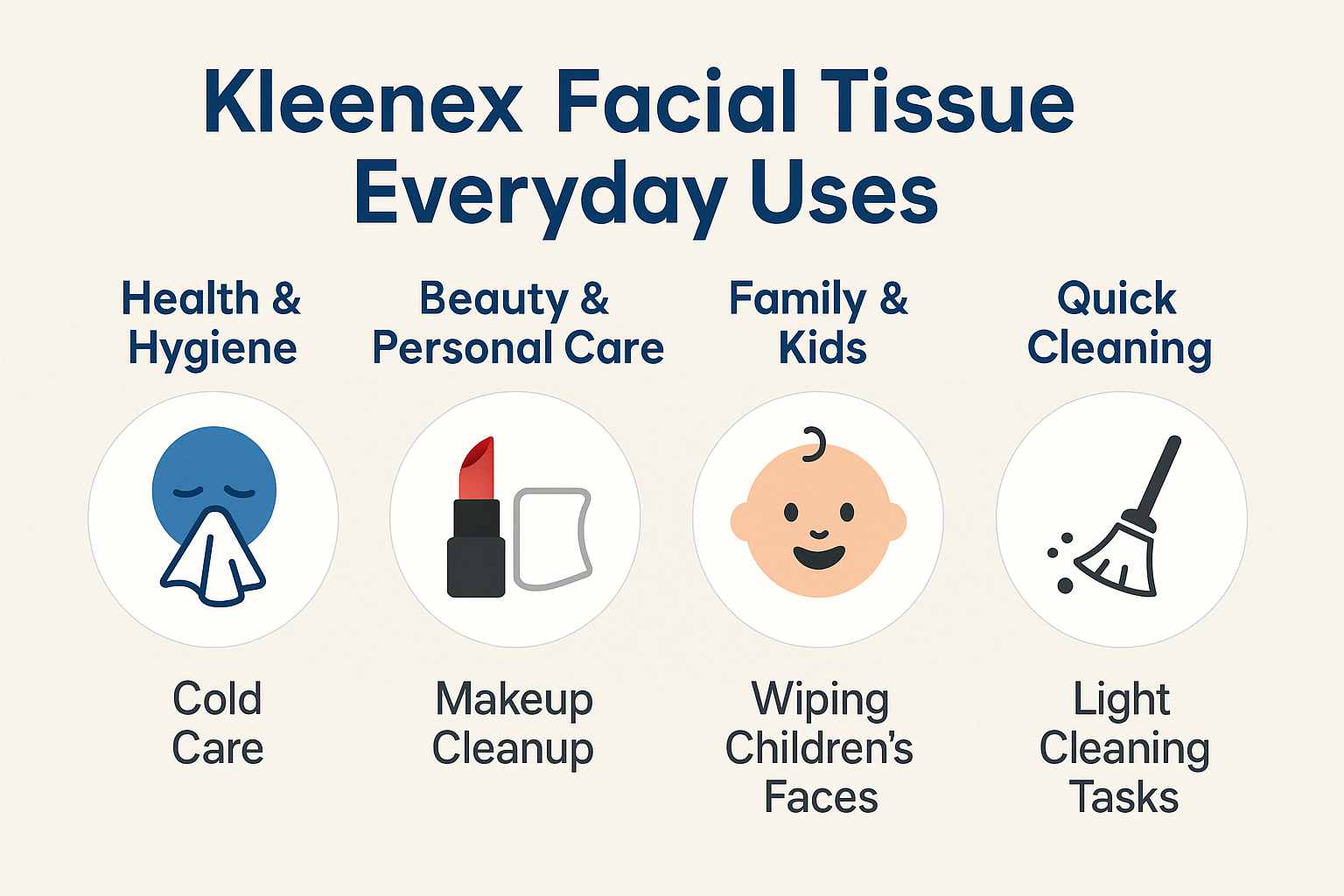
I keep a small pack of tissues in my laptop bag and one in the glovebox. I’ve used them to clean sunglasses, blot sweat during travel, and even as makeshift napkins during car lunches. Once, I was caught in a dusty area while on a business trip and folded a tissue into a simple mask. It wasn’t perfect, but it helped me breathe better.
At the office, I use tissues for more than just sneezing. I wipe off my phone screen, clean fingerprints from my keyboard, and sometimes dab away coffee splashes from my desk. Tissues are discreet. They’re not loud like paper towels, and they don’t leave residue like cloth wipes.
Kleenex in particular has developed lines for different uses. Some are extra thick for cold and flu season. Others are travel-sized with hard covers. I’ve even seen anti-viral tissues in stores. That means they kill some germs on contact — something I wouldn’t have expected years ago.
For me, the best part is they’re always there when I need them. No setup, no washing. Just pull one out, use it, and toss it. That’s a small convenience that adds up over time.
How do people use facial tissue during travel?
When I travel — even for a short trip — tissues are always in my bag. I used to forget them, but after too many messy moments, I learned my lesson. Now, I never leave home without them.
During travel, facial tissues are used for wiping hands, cleaning spills, dealing with dust, blotting sweat, and staying hygienic in places without access to soap or napkins.
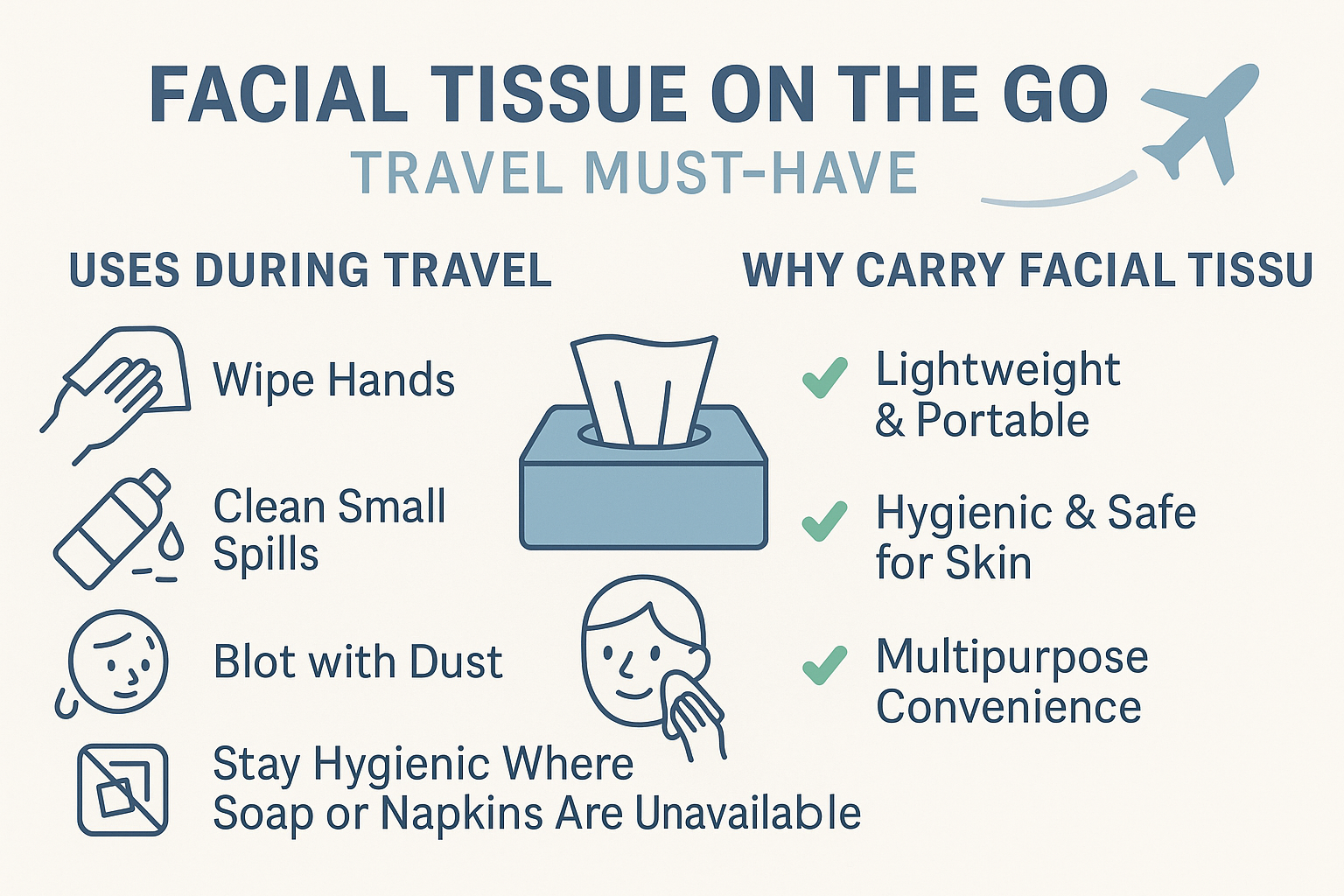
Travel throws surprises at you — a sneeze on the plane, a coffee spill in the car, or dusty air during sightseeing. In all those cases, tissues are your best friend. I’ve used tissues to pat dry after washing my hands in a restroom with no towels. I’ve handed them to strangers on buses and shared them with kids who needed to clean sticky fingers.
In some countries, facial tissues are even used as toilet paper in public restrooms where none is provided. I’ve been there, and having that small pack in my backpack saved me from an uncomfortable situation more than once.
I also use tissues to hold snacks, wrap small items, or even blot oil from my face in humid weather. Once, during a long-haul flight, I folded tissues into ear covers because the headphones were too scratchy. It sounds silly, but it worked.
The travel packs are especially useful. They’re small, light, and easy to carry. I usually buy multipacks and store extras in my suitcase, backpack, and coat pocket. I even keep some in my camera bag — they’ve helped clean lenses and wipe rain off screens during shoots.
For travelers, tissues are the one item you’ll use more than you expect, and miss the most when you forget them.
Conclusion
Facial tissues do more than just clean your nose. They’re part of how we stay clean, kind, and comfortable — at home, at work, or on the move.
Share this article
About the Author

You might also like
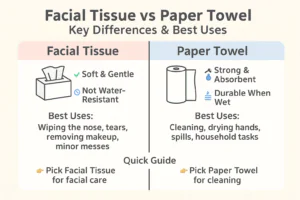
Facial Tissue vs Paper Towel: Key Differences and Best Uses?
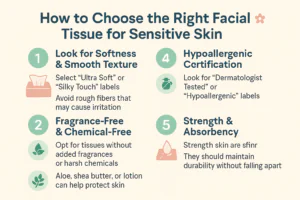
How to Choose the Right Facial Tissue for Sensitive Skin?
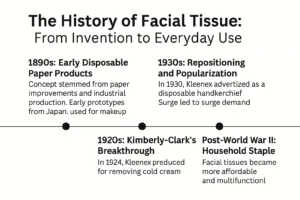
The History of Facial Tissue: From Invention to Everyday Use?
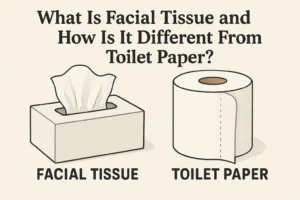
What Is Facial Tissue and How Is It Different From Toilet Paper?
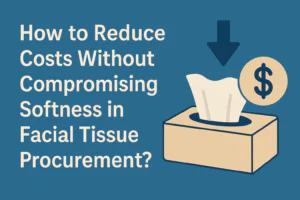
How to Reduce Costs Without Compromising Softness in Facial Tissue Procurement?

Is Bamboo Pulp a Better Option for Soft Facial Tissue Buyers?
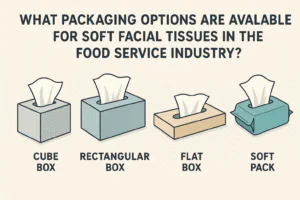
What Packaging Options Are Available for Soft Facial Tissues in the Food Service Industry?
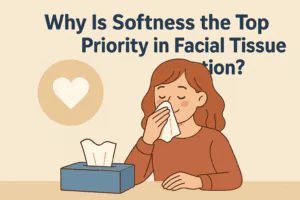
Why Is Softness the Top Priority in Facial Tissue Selection?
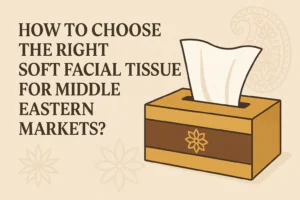
How to Choose the Right Soft Facial Tissue for Middle Eastern Markets?

